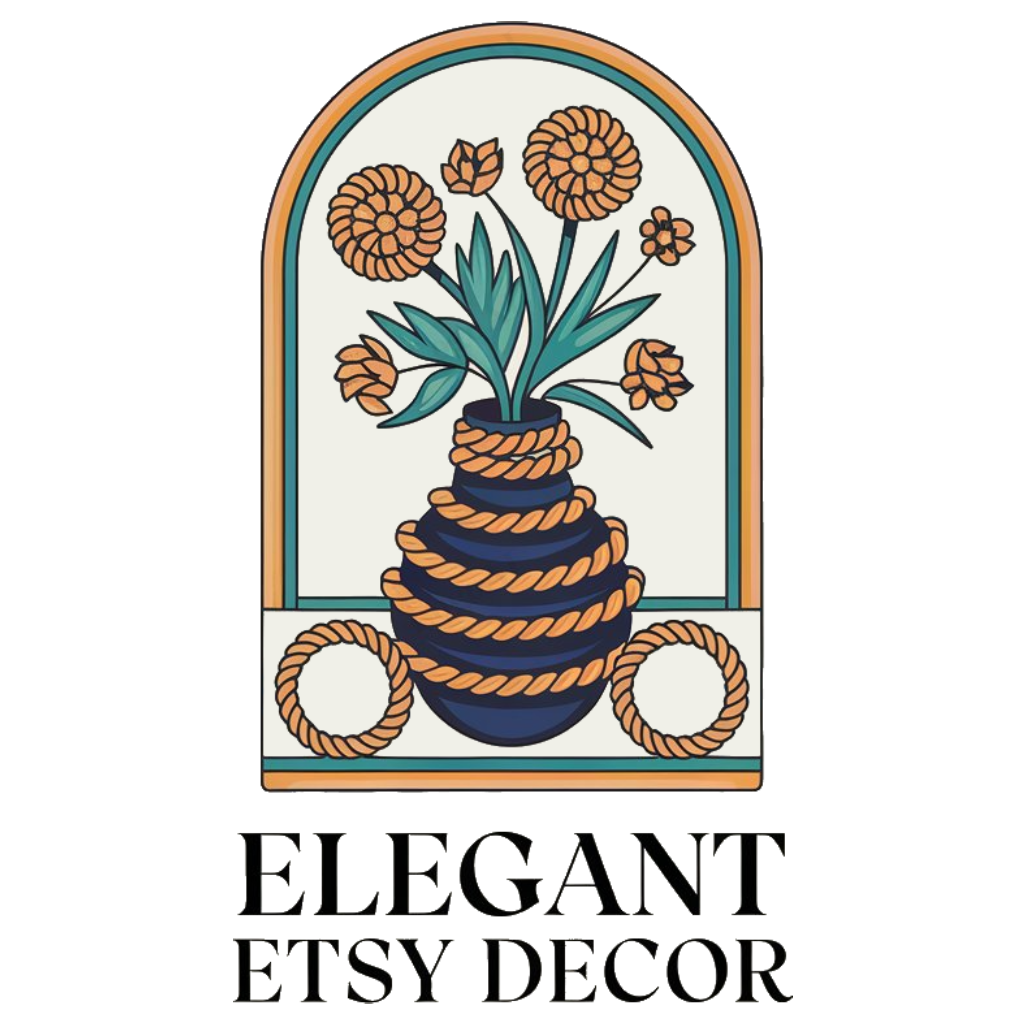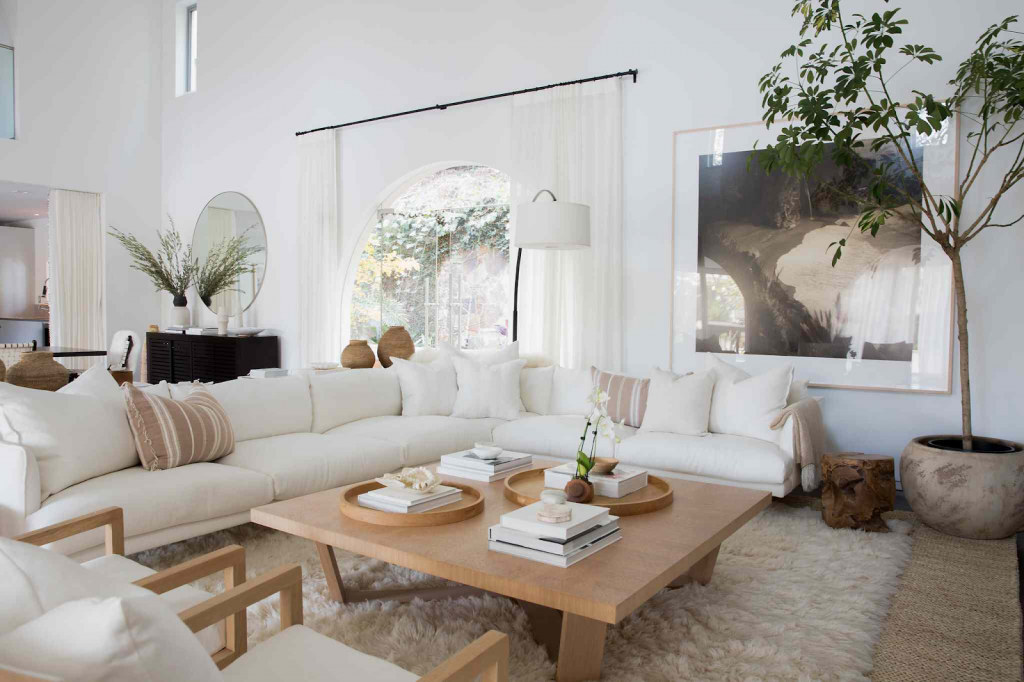
Creating a spacious living room presents unique design challenges, similar to smaller areas. Larger living rooms often accommodate diverse activities beyond hosting guests. They are ideal for entertainment, relaxation, or simply lounging on a free day.
Spacious living areas can present challenges, yet they foster a brighter home atmosphere. The goal isn’t to fill every inch. Instead, harmonizing elements creates a functional design that supports daily life.
The living room is the heart of your home.It connects various spaces like the dining area, kitchen, and bedrooms. This versatile space accommodates many pleasant activities. Make your living area inviting and eliminate any sense of uninspired design.
Crafting the perfect design involves harmonizing elements to create a serene and airy atmosphere. This guide aims to simplify the design process and alleviate any concerns you may have. Explore these 10 essential tips for maximizing your design’s impact in expansive living spaces.
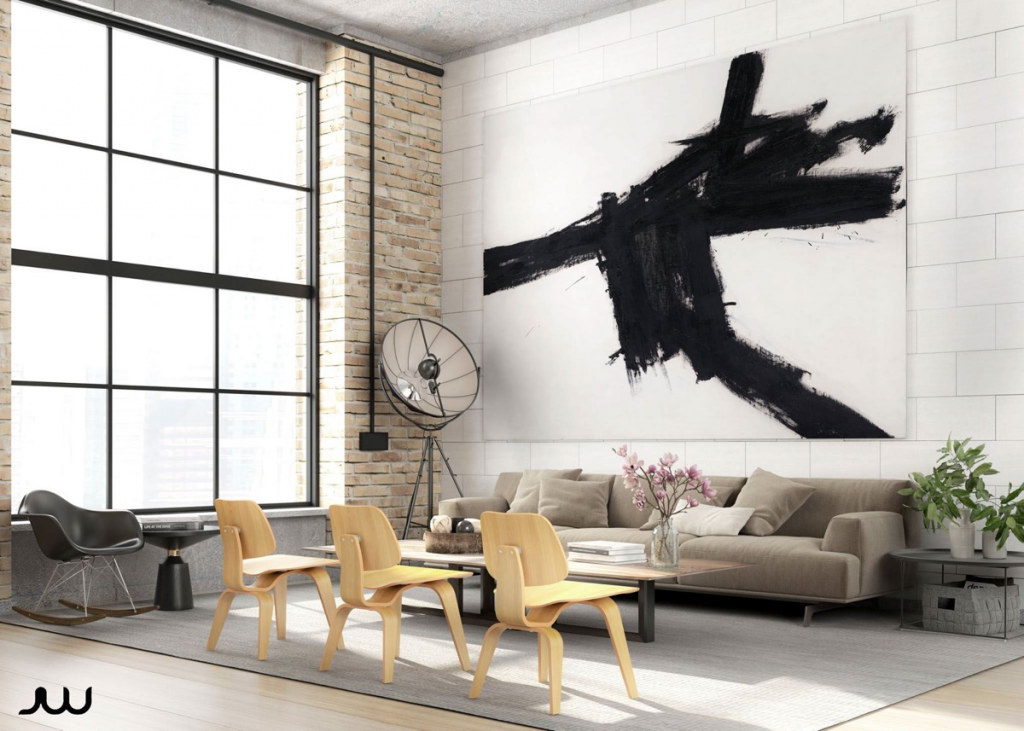
What common activities happen in your living room? Detail all household activities, including interests. This helps define zones and optimize flow. A bubble diagram can effectively divide the space based on use. Separate high-traffic areas from quieter ones, ideally without walls.
outline your ideal features for areas like the bustling workspace,quiet thinking nook,welcoming reception,and entertainment zone. Zoning is key to effectively dividing spaces based on their purpose, enhancing the feel of each area. The design should prioritize comfort and accommodate activities within the living space.Even wiht ample space, proper zoning ensures a well-organized and harmonious environment.
For ideal zoning, create a cozy nook designed for reading or relaxation. Consider stylish chairs with footrests near a spacious window. This area can also host a romantic dinner for two while watching TV. The key to defining this intimate space is positioning it adjacent to a more active area. This highlights that living spaces serve purposes beyond parties and entertainment.
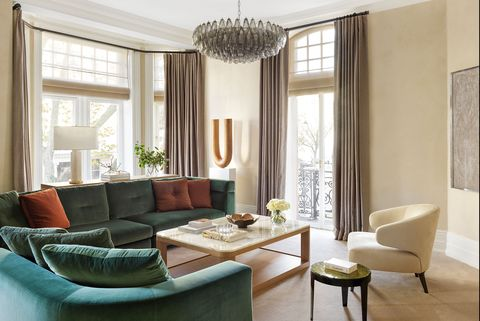
For expansive areas, aim for a balanced mix of patterns, textures, and colors. Select distinct elements that harmonize, avoiding overuse. prioritize the visual impact on occupants.Use each element sparingly to create a bright, practical setting. Numerous choices exist, so experiment and test samples to find the perfect combination.
Consider pattern placement carefully. Use patterns on walls, ceilings, textiles, or flooring, but avoid overuse. Feature a pattern as a wall accent, using colors that enhance it. Neutral, earth tones, and light shades work well. Textured elements add depth and visual interest to the living room. Flooring or textiles are ideal locations for these.
Define your desired living room theme. This guides your furniture and fixture choices. Opt for three upholstered pieces: a single-seater, a loveseat, and a sofa. these pieces can visually separate different zones within the living area.
Consider an island sofa as another excellent choice. It comfortably seats four to five individuals in a single arrangement. this is perfect for your living room’s entertainment hub. Selecting the right couch hinges on the number of household members, irrespective of its intended use. Given the wide array of choices, combining different styles is easily achievable.
Large coffee tables or even ottomans offer ample space for plants, magazines, and your coffee. An oversized ottoman can serve as both a coffee table and additional seating when you have a full house. This balance creates a cozy and welcoming atmosphere for your guests.
The perfect blend of colors and materials can revitalize a space without creating clutter. Strategically divide your furniture: designate one area for high-traffic use and another solely for decorative items. Placing delicate decorations in busy zones can be risky. This separation minimizes the chance of accidental damage.
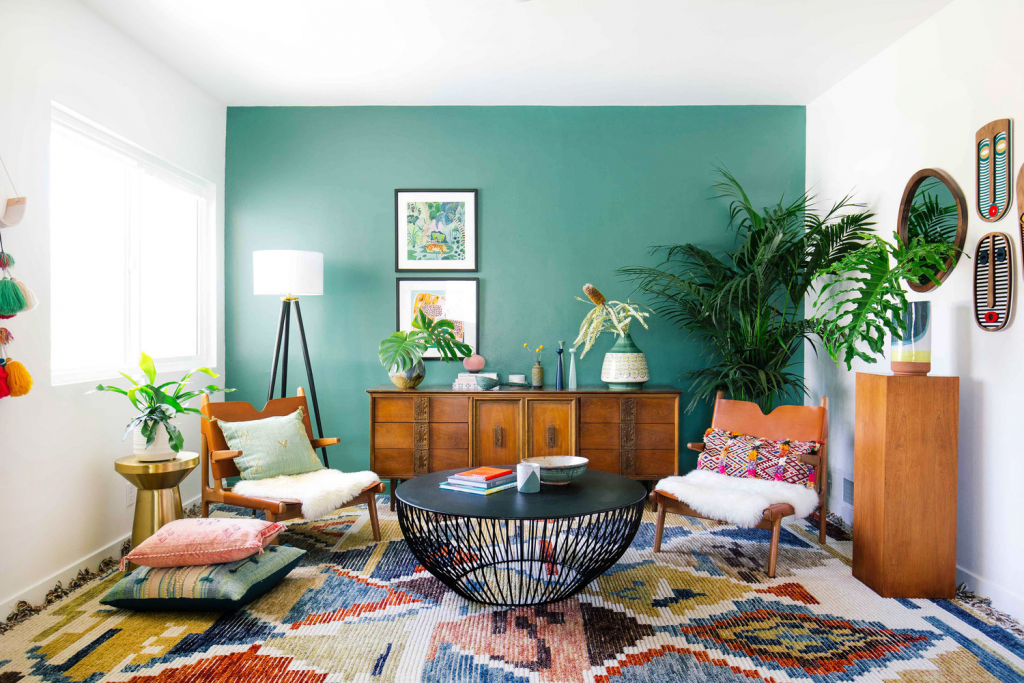
Every living space, nonetheless of its size, benefits from a striking accent wall.Whether it’s a bold color or unique cladding, it visually breaks up the area. Creating an accent wall can be challenging, but it serves as a focal point, adding character and depth.
Painting an entire space in light or neutral shades can create a monotonous, layered affect. While some may find this appealing, it’s best suited for expansive areas. Introducing vibrant colors or diverse materials like wood,marble,or stone is always a safe and effective design choice.
The accent wall immediately draws your eye in this image. Its soft, earthy green hue creates a warm and inviting atmosphere. This complements the natural wood furniture beautifully.The striking wood countertop and patterned fabrics work together harmoniously. The design achieves a stylish boho aesthetic without feeling excessive.
focus on harmonizing materials, textures, and colors. The accent wall will unify the other walls sharing the same color. It’s also a great spot to display paintings and framed artwork.
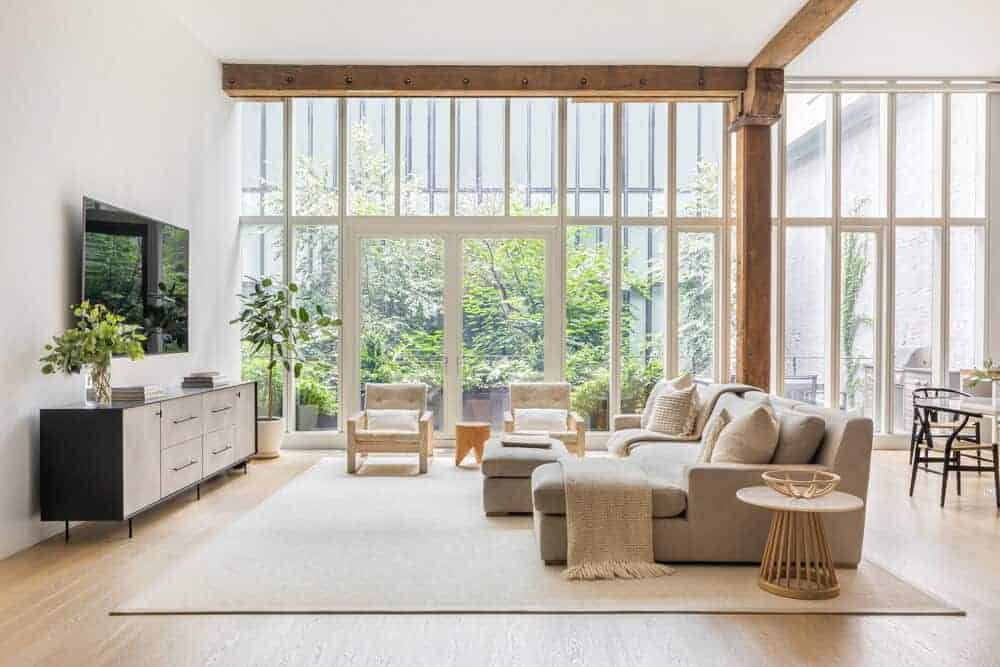
Leveraging natural light is key in spacious homes. it’s a enduring choice for modern designs, reducing reliance on artificial lights and saving energy. Floor-to-ceiling windows are ideal for capturing soft, indirect sunlight. This maximizes natural illumination while minimizing unwanted heat from outside.
Glass readily conducts heat. Thus, home design must consider building orientation. This prevents excessive heat in common areas like the living room, making them unusable. Large living room windows work best with indirect natural light.
Given the current environmental challenges,thoughtfully planning communal spaces like living rooms is crucial. An ill-considered design, ignoring the building’s orientation, can lead to an underutilized area, comfortable onyl during specific seasons. Prioritizing household comfort is key. Therefore, carefully assess the space before finalizing any design choices.
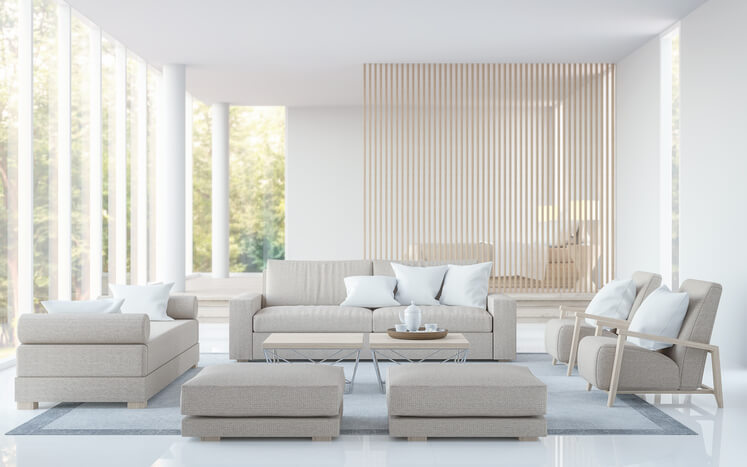
A frequent mistake in designing expansive areas is feeling compelled to occupy every inch.this isn’t always necessary. As designers, we must prioritize balance. This doesn’t always mean symmetry. It’s about harmonizing furniture placement, colors, textures, and materials. frequently enough, simplicity is key. Planning your ideal living space beforehand is a smart move. Let this inspire your upcoming large living room design.
The size of items in your living room should fit the activities and number of residents. What size should your furniture be? For large living rooms, use tape to outline where you want furniture. This simplifies your furniture choices. Symmetrical or asymmetrical designs are both acceptable if the space is balanced. Remember, incorrect scaling can ruin the design and visual appeal of your living room.

In expansive living rooms, clutter becomes immediately noticeable. Therefore, prioritize essential items only. Refrain from excessive ornamentation. Often, a simple, minimalist approach offers a more calming and spacious feel.
The featured example showcases a clean and organized arrangement. Unnecessary extras are avoided. the decorations are carefully selected, deemed essential for the design’s impact. Despite the presence of four tables, cluttering them with magazines and frames is unnecessary. Subtlety in accessories enhances the overall living room design,allowing its core elements to shine.
Clutter isn’t just about unwanted items in your living space. A minimalist approach to decor doesn’t equate to a dull design. instead, it harmonizes elements, creating a striking effect. While the image might seem simple to some, it offers visual interest from every perspective. The homeowners opted for wall art like paintings to compensate for the absence of excessive decorations.
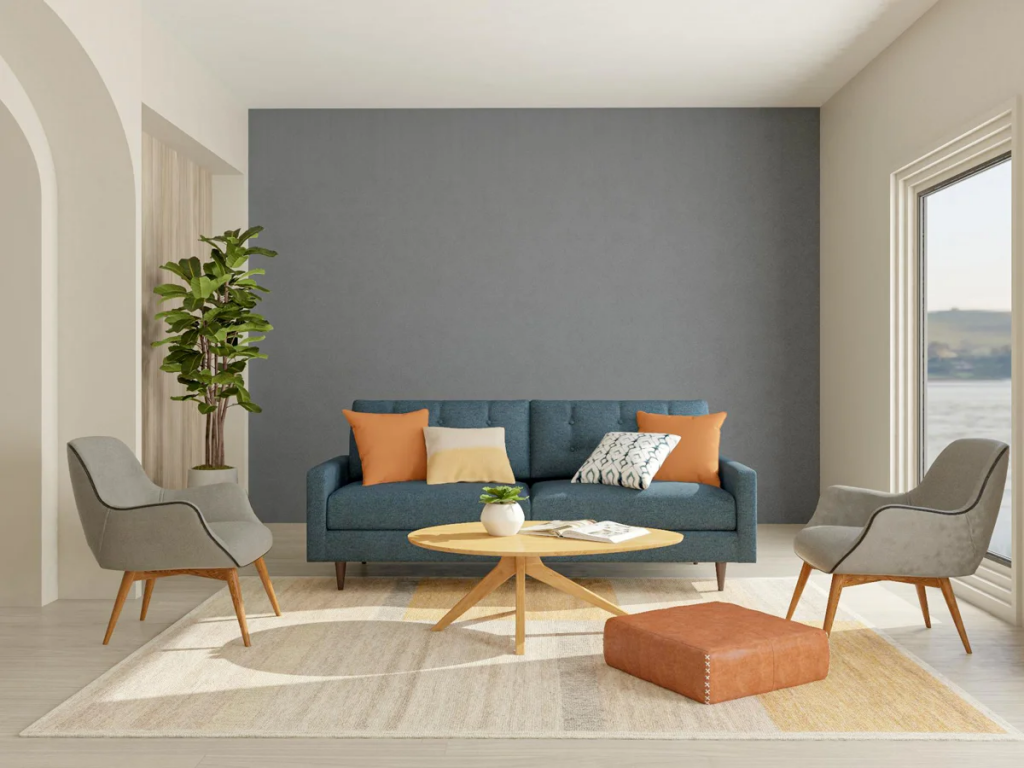
Opting for a dual-tone wall design effectively divides a large room. This is achieved through color, not physical barriers. Think of it as an expanded accent wall, applied strategically. In a rectangular room,use each color on opposing walls. this creates visual harmony and emphasizes specific areas.
Sometimes, people favor neutral or light colors for a clean aesthetic. However, using two tones can create a design suitable for large areas. It minimizes the emptiness of unused space.Even with minimal furniture, the contrasting walls create a bold statement.
This example showcases two distinct tones and textures. The left and right walls, along with the ceiling, are painted in a matte, off-white hue. The focal wall features a blue-gray color with an eggshell finish. The combination of smooth and textured surfaces helps define the living area’s zones.As seen above, this area is designated as a sitting space, perfect for hosting guests or unwinding on a cloudy day.
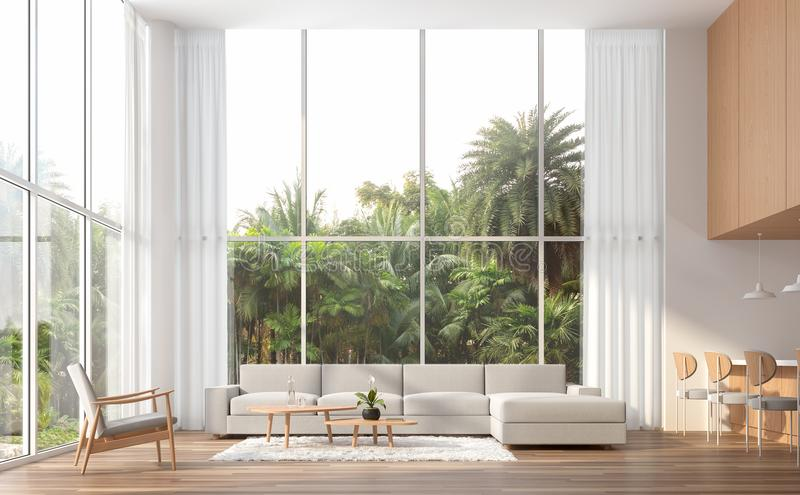
Spacious living rooms extend upwards as well as outwards. Think about the vertical dimension to enhance your design. Balance the elements you plan to include. Many large living rooms feature floor-to-ceiling windows. These often need a vertical space of four to six meters.
Vertical spaces can be tricky, but there are solutions to enhance the overall design. Consider investing in long sun shading elements like curtains or Brise soleil. These will define the space’s edges while also providing sun protection.
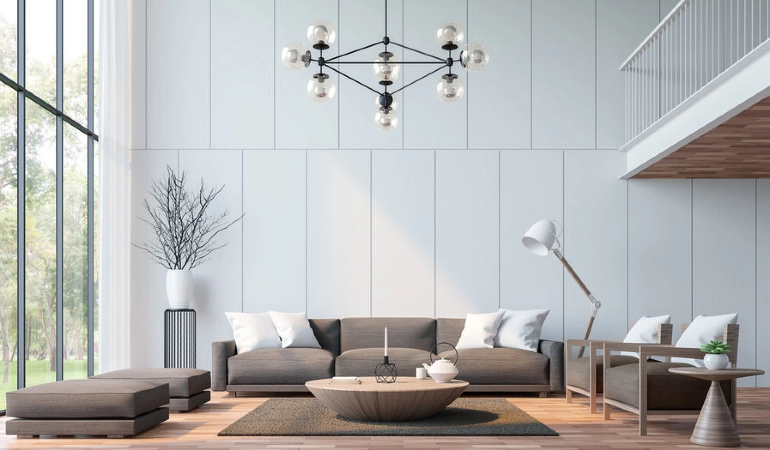
select two or three light fixtures to enhance your living room’s overall aesthetic. Lighting typically falls into three categories: main,complementary,and ambient. In the example shown, the industrial chandelier serves as the primary light source, offering both cool and warm tones. This type of fixture is versatile, functioning as both general and task lighting. it provides accent lighting and can also be used independently. A floor lamp is used for complementary lighting. This is task lighting, ideal for reading at night. Its direct light makes it unsuitable as a general light source.
